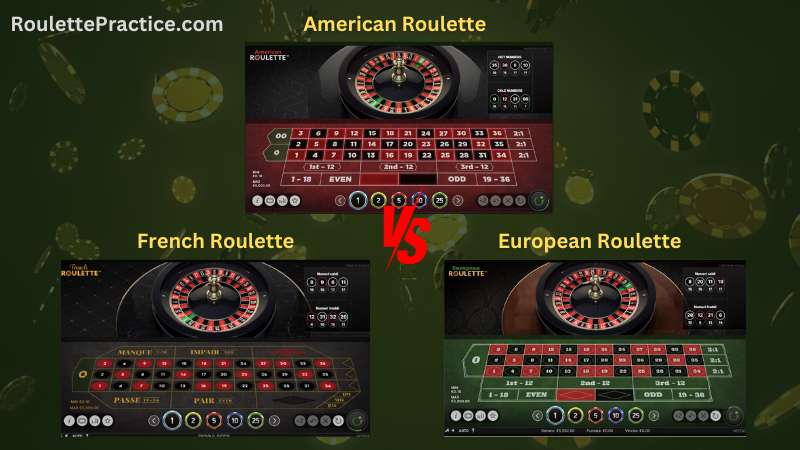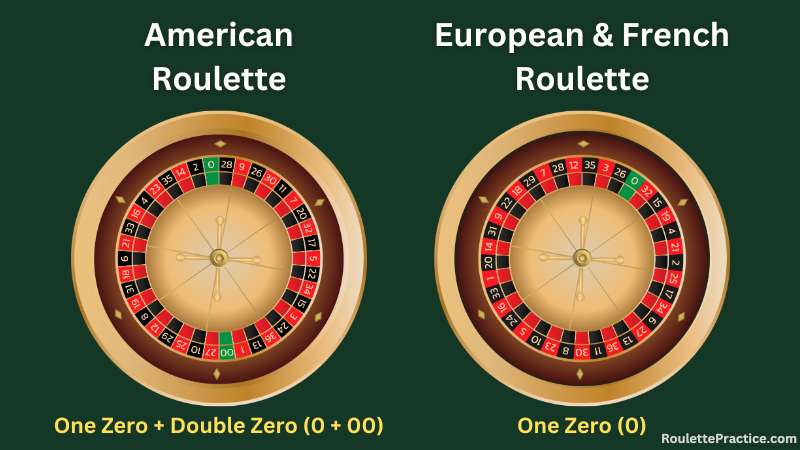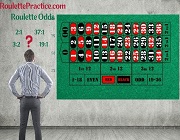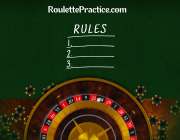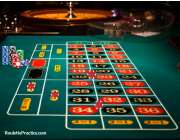
American vs. European vs. French Roulette - Understanding the Differences
Roulette has been increasingly popular since it was first invented in the 18th century. Over time, this game has developed into three major variants: American, European, and French. While these variants are based on the same basic rules, they are known for their distinct features, which influence both the gameplay and the odds of winning.
In this article, we will discuss the American, European, and French versions of roulette. We will look at the characteristics of each variant, how they differ from one another, and the impact these differences have on the game. Understanding these aspects is important for players to enjoy the game and to increase their chances of success. It also givesgxg090 players a deeper insight into the world of roulette and its various forms.
The Evolution of Roulette Variants
Roulette originated in France in the 18th century. It evolved from an idea by mathematician Blaise Pascal in the 1650s. The game, as we know it today, began taking shape in the late 1700s.
European roulette, which is the closest to the original format, was developed in France and Germany. With a single zero (0) on the wheel, this version became the standard in Europe. It offered players better odds and quickly gained popularity across the continent, especially in places like Monte Carlo.
American roulette emerged in the 19th century when the game crossed the Atlantic. To increase the house edge and make the game more profitable for casinos, American operators added an extra slot to the wheel: the double zero (00). This change marked the birth of American roulette, a variant distinct for its higher house edge, and it quickly became a staple in casinos across the United States.
French roulette maintains many of the classic elements of the early versions. Unique rules like 'La Partage' and 'En Prison', which offer players a chance to recover their bets under certain conditions, set it apart. These rules were likely introduced to attract players by reducing the house edge and adding a strategic element to the game.
Each variant's creation reflects not just a geographical shift but also the cultural and economic contexts of the times. From the aristocratic gambling houses of Europe to the bustling, entrepreneur-driven casinos of America, roulette adapted and evolved, creating the diverse versions we enjoy today.
Understanding the Basics of Roulette
Before delving into the specific differences between the American, European, and French roulette variants, it's essential to understand the fundamental rules of roulette. Roulette is a game centered around a spinning wheel and a small ball. The wheel is divided into numbered pockets, colored alternately red and black, with numbers ranging from 1 to 36. Additionally, there is one green pocket numbered 0 in all variants, and an additional 00 in American Roulette.
Players place their bets on a table that corresponds to the numbers and colors on the wheel. Bets can be made on individual numbers, groups of numbers, colors, odd or even numbers, and high (19-36) or low (1-18) numbers. The game begins when the dealer spins the wheel in one direction and rolls the ball in the opposite direction. When the ball loses momentum, it lands in one of the numbered pockets, determining the winning number and color. Payouts are made based on the type of bet placed and the probability of the outcome.
Now that we have a grasp on the basics of roulette, it becomes easier to comprehend both the similarities and the differences among its variants.
Similarities Across All Variants
Despite their differences, American, European, and French Roulette share several core elements that define the classic roulette experience.
- Basic Gameplay: In all three versions, players bet on where a ball will land on a spinning wheel. The wheel is divided into numbered pockets, and players can bet on individual numbers, colors (red or black) and various groupings of numbers.
- Betting Options: Each variant offers a range of betting options, from simple bets like red or black to more complex wagers on specific number clusters. The payouts for these bets are generally the same across all versions.
- Roulette Table: The layout of the roulette table, where players place their bets, is fundamentally similar in all variants, featuring a grid of numbers and additional sectors for external bets.
The Unique Feature of the American Roulette - the Double Zero
The most distinctive feature of the American Roulette wheel is the inclusion of both a single zero (0) and a double zero (00), making a total of 38 pockets. This additional double zero significantly increases the house edge to around 5.26%, meaning the odds are less favorable for the player. The presence of the 00 affects the probability of each bet, making it more challenging for players to win in comparison to the other two variants.
On the other hand, both European and French Roulette feature a wheel with 37 pockets, numbered 1 to 36 and a single zero (0). The absence of the double zero as in the American version reduces the house edge to about 2.7%. This lower house edge means that the odds are more favorable for players in these versions than in American Roulette.
The Unique Features of the French Roulette
While the European and French roulette variants are quite similar, sharing the same wheel layout, there are some distinct differences between them, particularly in terms of table layout and specific rules.
Table Layout and Betting Options
French Roulette often features a unique table layout. The betting grid is typically in French, with some additional betting sections unique to this variant. These include bets like 'Voisins du Zero', 'Tiers du Cylindre', and 'Orphelins', which are group bets on specific sections of the wheel.
European Roulette tables usually have a more standardized layout, similar to what is found in the American version, but without the 00 pocket. The betting options are laid out in English and are simpler, focusing on the standard inside and outside bets.
Special Rules in French Roulette
The most notable differences are the special rules that apply in French Roulette, specifically 'La Partage' and 'En Prison'.
La Partage Rule: This rule comes into play when a player makes an even-money bet (like red/black, odd/even) and the ball lands on zero. In such a case, the player loses only half of their bet. This rule significantly reduces the house edge on these bets.
En Prison Rule: Similar to La Partage, when a player makes an even-money bet and the ball lands on zero, the bet is 'imprisoned'. If the next spin is a win for the player's bet, the imprisoned bet is returned; otherwise, it is lost. This rule offers a chance to recover one's bet and lowers the house edge.
French Roulette is often considered more favorable to the player because of these rules. On the other hand, European Roulette, with its straightforward layout and lack of special rules, offers a more traditional roulette experience. Understanding these nuances is important for players to choose the variant that best suits their playing style and preferences.
Roulette Odds: Comparing Variants
From straight bets on single numbers to broader wagers like red or black, each bet type comes with its own set of odds. These odds vary depending on whether you're playing the American version with its additional double zero, or the European and French versions with their single zero and player-friendly rules. Understanding these odds is essential for players to strategize effectively and choose the variant that aligns best with their playing style and risk preference. Here, we detail the various types of bets available in roulette and their respective odds of winning in each variant. As you review these betting types and their odds, you'll gain a clearer perspective on how each roulette variant can influence the outcome of your game.
As the roulette wheel continues to spin through history, each variant - American, European, and French - offers its unique flavor to the timeless game of chance. Whichever version you choose to play, may the odds be ever in your favor, and may the thrill of the spin bring you endless excitement and joy.
Best Casinos
A great live casino and an awesome gaming experience.
